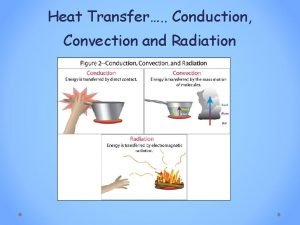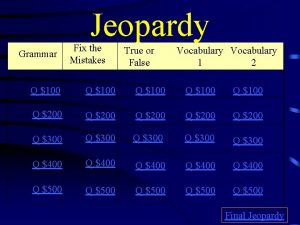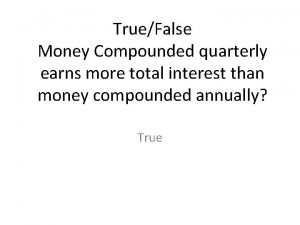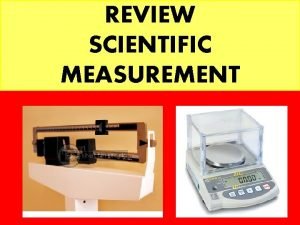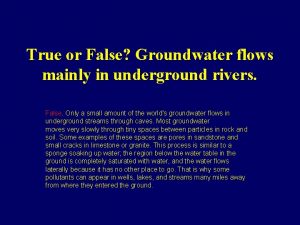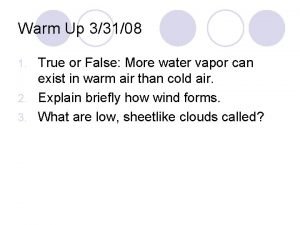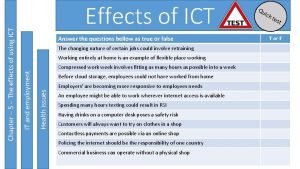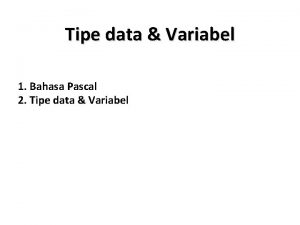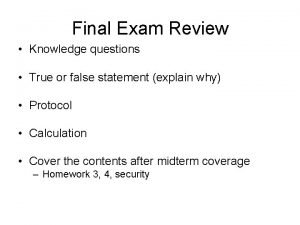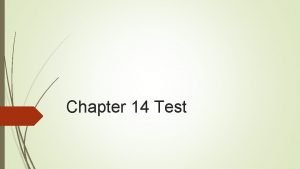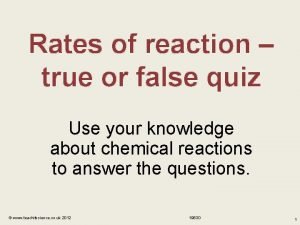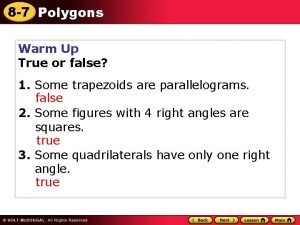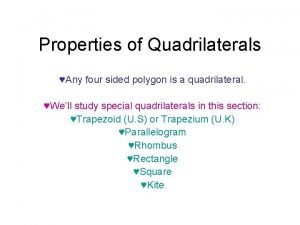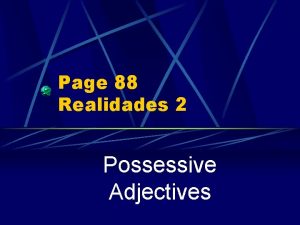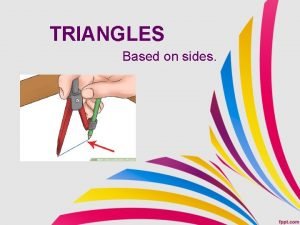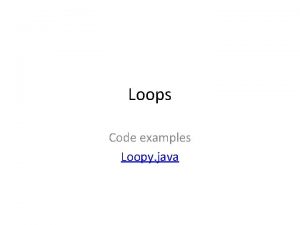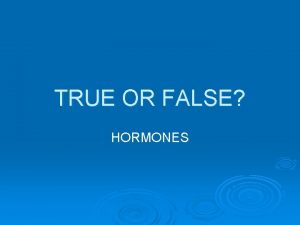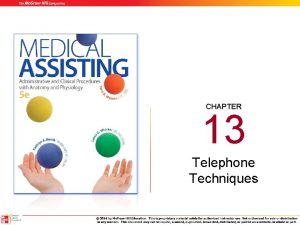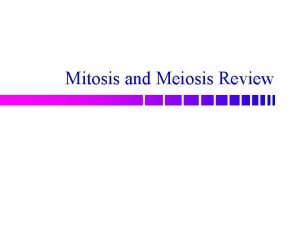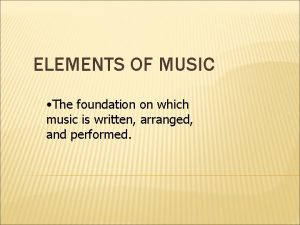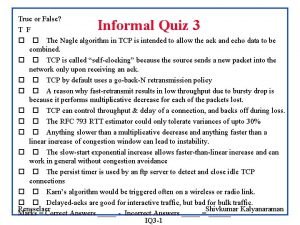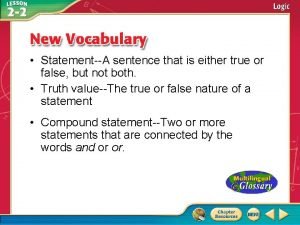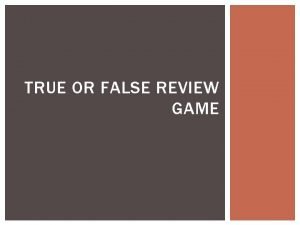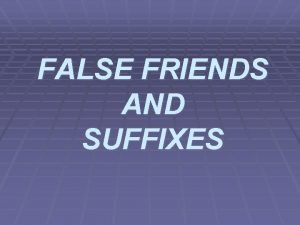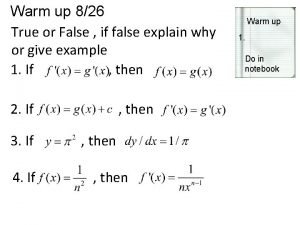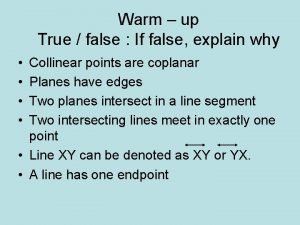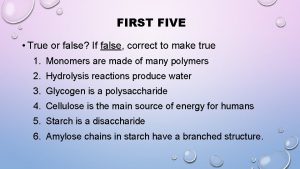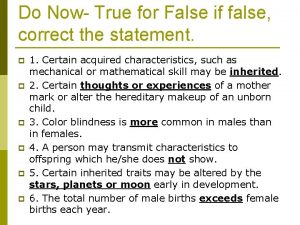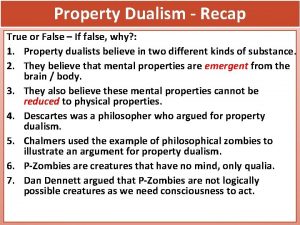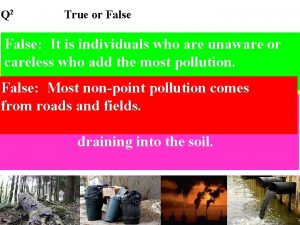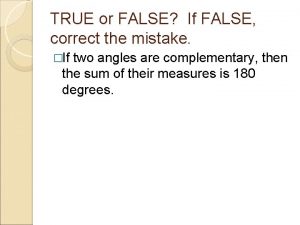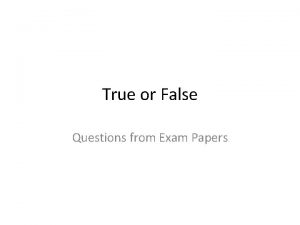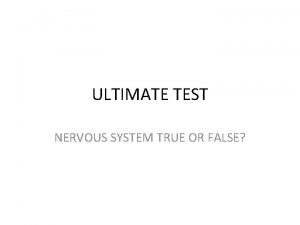Preview p 48 1 Take a True False





























































- Slides: 61

Preview p. 48 1. Take a True / False Quiz from the front of the room 2. Complete the True / False Quiz (You may write on it and glue in your Notebook)

Neuroscience pp. 52 -65 NB p. 49

Phrenology


Part of the Neuron

Parts of the Neuron

Parts of the Neuron

Parts of the Neuron

Parts of the Neuron

Parts of the Neuron

NEURAL COMMUNICATION


Action Potential • A brief electrical charge that travels down the axon of the neuron. • A neural impulse • Considered an “on” condition of the neuron

Refractory Period • The “recharging phase” when a neuron, after firing, cannot generate another action potential • Once the refractory period is complete the neuron can fire again

Resting Potential • The state of a neuron when it is at rest and capable of generating an action potential • The neuron is set and ready to fire




Neuron firing like a Toilet 1. Like a Neuron, a toilet has an action potential. When you flush, an “impulse” is sent down the sewer pipe

Neuron firing like a Toilet 2. Like a neuron, a toilet has a refractory period. There is a short delay after flushing when the toilet cannot be flushed again because the tank is being refilled

Neuron firing like a Toilet 3. Like a Neuron, a toilet has a resting potential. The toilet is “charged” when there is water in the tank and it is capable of being flushed again 4. Like a Neuron, a toilet operates on the all-or-none principle – it always flushes with the same intensity, no matter how much force you apply to the handle

All-or-None Principle • The principle that if a neuron fires it will always fire at the same intensity • All action potentials are of the same strength. • A neuron does NOT fire at 30%, 45% or 90% but at 100% each time it fires.

COMMUNICATION BETWEEN NEURONS

Synapse • The tiny, fluid filled gap between the axon terminal of one neuron and the dendrite of another neuron • The action potential cannot jump the gap

Neurotransmitters • A chemical messenger that travels across the synapse from one neuron to the next • Can influence whether the second neuron will generate an action potential or not

Neurotransmitters




Excitatory Effect • A neurotransmitter effect that makes it more likely that the receiving neuron will generate an action potential (impulse) • The second neuron is more likely to fire.

Inhibitory Effect • A neurotransmitter effect that makes it less likely that the receiving neuron will generate an action potential (impulse) • The second neuron is less likely to fire.

Class Neuron

NEURAL COMMUNICATION: THE NEURAL CHAIN

Receptor Cells • Specialized cells in the sensory systems of the body that can turn other kinds of energy into action potentials that the nervous system can process • Receptor cells in the eye turn light into a neural impulse the brain understands.

Sensory Neurons • Neurons that carry information to the central nervous system • Connect the sense organs to the brain and spinal cord

Interneurons • Nerve cells in the brain and spinal cord responsible for processing information related to sensory input and motor output

Motor Neurons • Nerves that carry information from the central nervous system • Carries messages from the brain and spinal cord to other parts of your body

A Neural Chain

A Neural Chain

A Neural Chain

A Neural Chain

A Neural Chain

Measuring the Speed of Thought: The Squeeze Chain 1. 2. 3. 4. Receptors in shoulder detect squeeze Sensory nerves carry info to spinal cord Interneurons carry it to the brain Brain says, “Hey, there’s the squeeze! Now what? Oh yea… squeeze next person’s shoulder. ” 5. Motor nerves carry command to squeeze to the right hand 6. Muscles in right hand squeeze

The Squeeze Chain: Shoulders

The Squeeze Chain: Ankles

The Squeeze Chain: Opposite Shoulder Squeeze

THE STRUCTURE OF THE NERVOUS SYSTEM

The Nervous System

Central Nervous System (CNS) • The brain and spinal cord • The brain is the location of most information processing. • The spinal cord is the main pathway to and from the brain.

Peripheral Nervous System (PNS) • The sensory and motor nerves that connect the central nervous system to the rest of the body • Peripheral means “outer region” • The system is subdivided into the somatic and autonomic nervous systems.

Divisions of the Nervous System

Somatic Nervous System • The division of the peripheral nervous system that controls the body’s skeletal muscles • Contains the motor nerves needed for the voluntary muscles

Divisions of the Nervous System

Autonomic Nervous System • The division of the peripheral nervous system that controls the glands and muscles of the internal organs • Monitors the autonomic functions • Controls breathing, blood pressure, and digestive processes • Divided into the sympathetic and parasympathetic nervous systems

Divisions of the Nervous System

Sympathetic Nervous System • The part of the autonomic nervous system that arouses the body to deal with perceived threats • Fight or flight response

Divisions of the Nervous System

Parasympathetic Nervous System • The part of the autonomic nervous system that calms the body • Brings the body back down to a relaxed state

Divisions of the Nervous System

The Sympathetic and Parasympathetic Divisions of the Autonomic Nervous System

Process p. 48 • Does our nervous system’s design – with its synaptic gaps that chemical messenger molecules cross in an imperceptibly brief instant – surprise you? Would you have designed yourself differently?
 True or false true or false
True or false true or false Use excessive force if things don't quite slip into place
Use excessive force if things don't quite slip into place If else
If else Urethrorrhea is bleeding from the urethra. a. true b. false
Urethrorrhea is bleeding from the urethra. a. true b. false Chapter 41 telephone techniques
Chapter 41 telephone techniques True or false questions on research methodology
True or false questions on research methodology Heat transfer conduction convection and radiation
Heat transfer conduction convection and radiation El medio ambiente en mi comunidad
El medio ambiente en mi comunidad A computer makes mistakes true or false
A computer makes mistakes true or false Seasons
Seasons Eating food physical or chemical change
Eating food physical or chemical change 2 timothy 1:9 predicts the coming messiah. true false
2 timothy 1:9 predicts the coming messiah. true false Dorset road safety
Dorset road safety True or false
True or false Belong images
Belong images Moses 1 39
Moses 1 39 Encoding failure ap psychology
Encoding failure ap psychology Accounting chapter 11 test b answers
Accounting chapter 11 test b answers True or false personal finance questions
True or false personal finance questions True or false: mla requires a title page.
True or false: mla requires a title page. True and false disciples meaning
True and false disciples meaning Credit unions are for-profit organizations. true false
Credit unions are for-profit organizations. true false Measurements
Measurements Groundwater true/false quiz answers
Groundwater true/false quiz answers Zxxxxxzzx
Zxxxxxzzx Chapter 37 vital signs and measurements
Chapter 37 vital signs and measurements Blue is a warm color true or false
Blue is a warm color true or false True or false to kill a mockingbird
True or false to kill a mockingbird How to answer true or false questions
How to answer true or false questions Type data pascal
Type data pascal True/false
True/false Humility meaning
Humility meaning Chapter 3 study guide accounting true and false
Chapter 3 study guide accounting true and false Reaction rate
Reaction rate Circle a is tangent to circle b. true false
Circle a is tangent to circle b. true false Some polygons
Some polygons Examples ionic compounds
Examples ionic compounds Is any four sided polygon a quadrilateral
Is any four sided polygon a quadrilateral The possessive adjectives show ownership
The possessive adjectives show ownership All triangles have equal sides and angles true or false
All triangles have equal sides and angles true or false Wanted a just right government true'' or false
Wanted a just right government true'' or false True or false
True or false Classify each statement as true or false
Classify each statement as true or false True false
True false What is the formula unit of sodium nitride?
What is the formula unit of sodium nitride? установите соответствие true и false
установите соответствие true и false True or false
True or false Boolean operators truth tables
Boolean operators truth tables Steroid hormones are water soluble. true false
Steroid hormones are water soluble. true false Identify each statement as either true or false.
Identify each statement as either true or false. Chapter 41 telephone techniques true or false
Chapter 41 telephone techniques true or false Bacteria reproduce by meiosis true or false
Bacteria reproduce by meiosis true or false Which of these statements is true?
Which of these statements is true? Tempo in music
Tempo in music True false algorithm
True false algorithm A sentence that is either true or false
A sentence that is either true or false True false
True false Kerala women wear fanek true or false
Kerala women wear fanek true or false Tipe data logika yang bernilai true dan false ialah
Tipe data logika yang bernilai true dan false ialah 3/128 as a percentage
3/128 as a percentage Read the sentences and decide if they are true or false
Read the sentences and decide if they are true or false With block format all new paragraphs are indented
With block format all new paragraphs are indented






